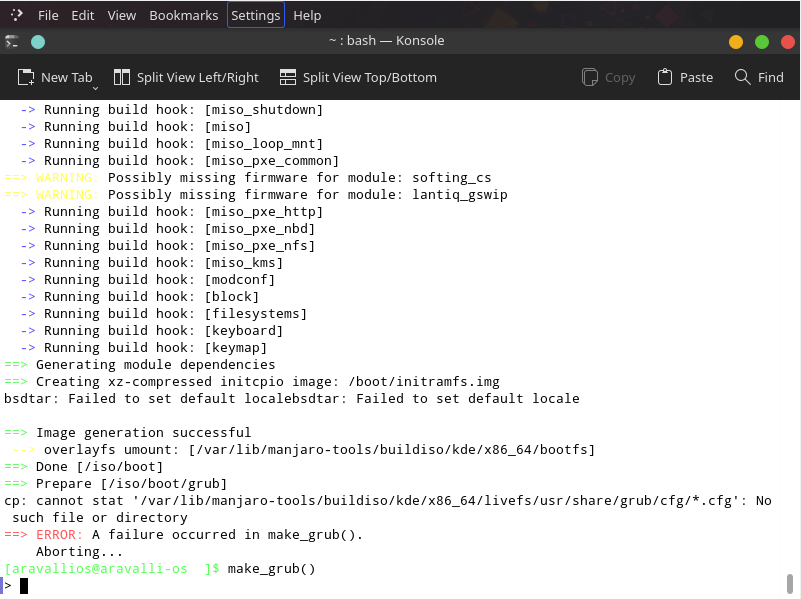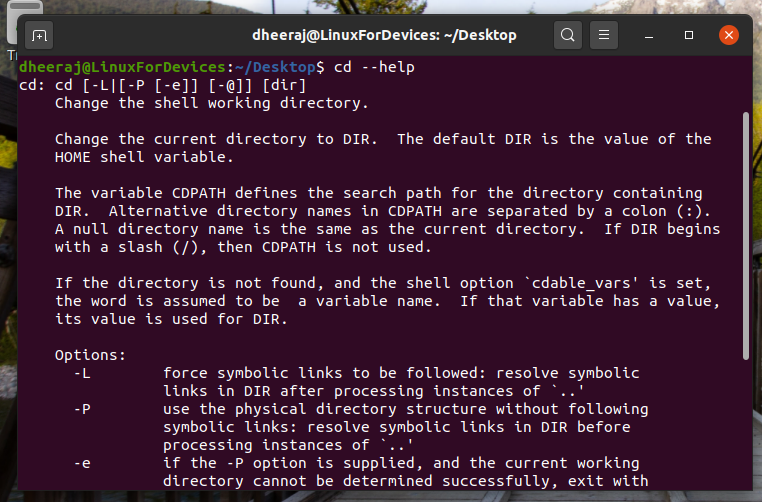

What about the reverse case, where I could access /home/bob but not read foo.txt?Īgain, you can create a symlink to it, but not access the file. No Q-Dir gives you extra useful functions to make you happy. You don't have to give up your usual work habits, Drag'n Drops, view types, and other standard functions of your current file manager. Hi All, I want to delete a folder and all its sub folders using a windows command line. Once Q-Dir, always Q-Dir Why alternative file manager Q-Dir is a great alternative file manager for Windows with a amazing Quadro-View technique. 8 Comments 1 Solution 39487 Views Last Modified. Scripting Languages Windows Batch VB Script. Creating a symlink doesn't affect the permissions. rmdir /s /q 'The directory is not empty.' detox1978 asked on. So with a symlink you still wouldn't be able to access it. Here are the top five most common Q-dir 4.57 (64 bits).exe problems and how to fix them. If you don't have permissions on the parent directory, you can't access the contained file. Q-dir 4.57 (64 bits).exe problems include high CPU usage, application errors, and possible virus infection.

What if I DID have read privileges on foo.txt, just not access to /home/bob? In Windows 7, 8, 8. It is not even required that the target file actually exists.īar: broken symbolic link to /etc/nonexistent This is an older post, but there is a simple solution to removing the Windows.old directory for people who come across this post on the Web.

If you create a symlink to a restricted resource, you simply won't be able to access it. The access restrictions of the target file apply. Yes, you can create a symbolic link to any location.Ĭan I successfully run ln -s /home/bob/foo.txt in my home folder? Is it correct to assume that if I can, it will produce a link I can't access (with the same permissions as foo.txt)?Ĭorrect.


 0 kommentar(er)
0 kommentar(er)
